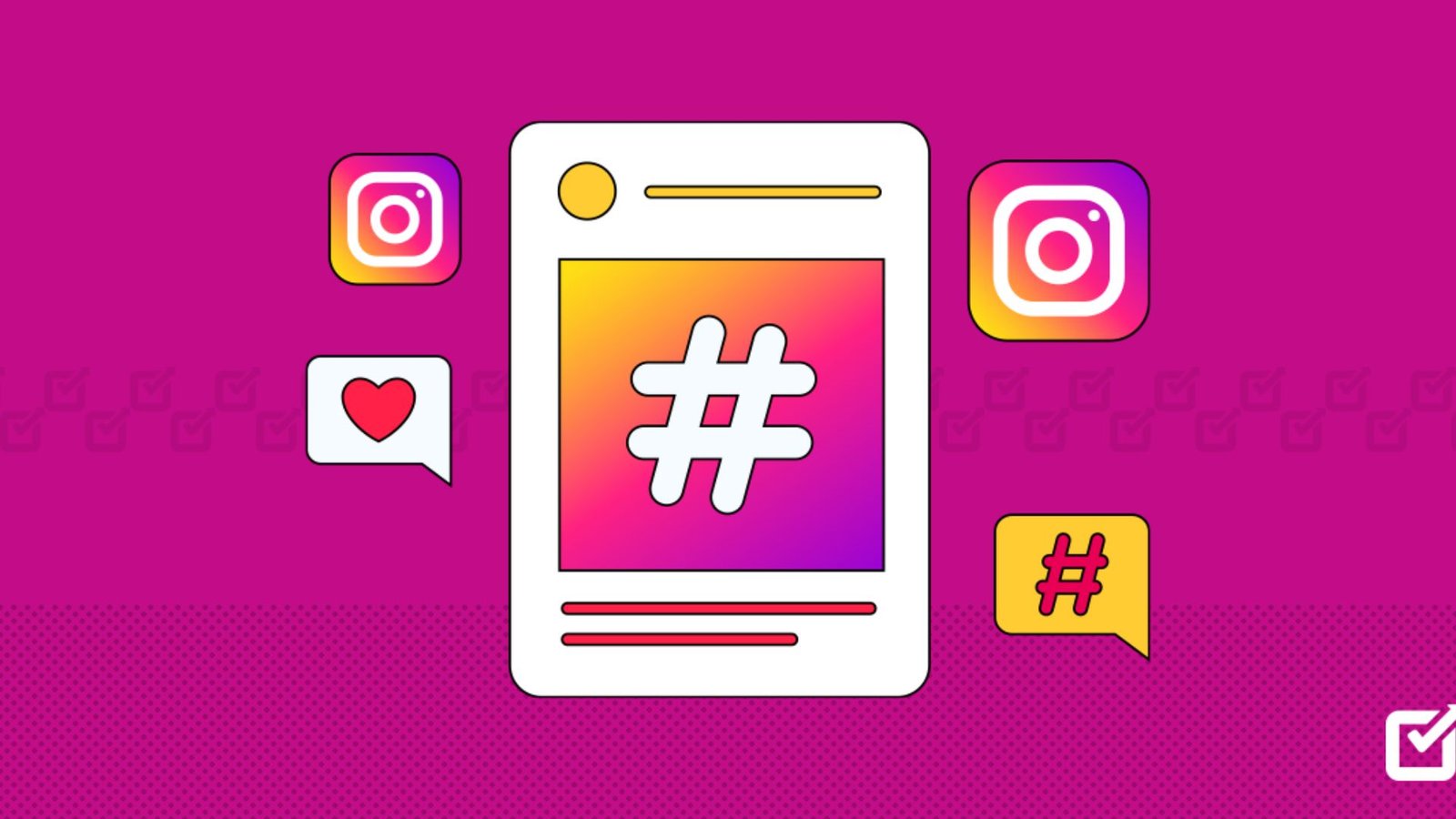Hashtags are a powerful tool in social media marketing, helping to increase visibility, boost engagement, and connect with a broader audience. However, to reap these benefits, it’s essential to use hashtags strategically. Here’s how to use hashtags effectively on social media.

Understand the Purpose of Hashtags
Before diving into hashtag usage, it’s crucial to understand their purpose. Hashtags categorize content and make it discoverable by users interested in specific topics.
- Organization: Hashtags group your posts with other similar content, making it easier for users to find.
- Discovery: They allow your posts to be found by users who don’t follow you but are interested in the topics you’re tagging.
- Engagement: Posts with hashtags generally receive higher engagement rates, including more likes, comments, and shares.
Research Popular Hashtags in Your Niche
Using the right hashtags can make a significant difference in the reach and engagement of your posts. Research hashtags that are popular within your industry or niche.
- Industry-Specific Hashtags: Look for hashtags that are commonly used within your industry. These can help you connect with a targeted audience.
- Trending Hashtags: Stay updated with trending hashtags, especially those that align with your content. However, use them only if they’re relevant to avoid looking spammy.
- Competitor Analysis: Analyze which hashtags your competitors are using successfully. This can provide insights into which tags work well in your niche.
Balance Popular and Niche Hashtags
While using popular hashtags can increase visibility, they can also lead to your content getting lost in a sea of posts. Balancing popular hashtags with niche or less competitive ones can help your content stand out.
- Popular Hashtags: These are widely used and can quickly increase visibility, but competition is high.
- Niche Hashtags: More specific and less used, niche hashtags help you connect with a more targeted audience, often leading to higher engagement rates.
- Combination: Use a mix of both popular and niche hashtags to maximize your reach while targeting the right audience.
Limit the Number of Hashtags
While it’s tempting to use as many hashtags as possible, overloading your post can make it look cluttered and less engaging. Instead, focus on using a limited number of relevant hashtags.
- Optimal Count: For platforms like Instagram, 5-10 relevant hashtags are often recommended. On Twitter, aim for 1-2 hashtags due to the character limit.
- Relevance: Ensure that each hashtag you use is directly related to the content of your post to avoid misleading your audience.
Create Branded Hashtags
Branded hashtags are unique to your brand and can be used to encourage user-generated content, run campaigns, or build brand recognition.
- Brand Awareness: A branded hashtag helps in creating a community around your brand, making it easy for users to engage with your content.
- Campaigns and Contests: Use branded hashtags for specific campaigns or contests to track participation and user engagement.
- Encourage User-Generated Content: Encourage your followers to use your branded hashtag in their posts, which can increase your reach and engagement.
Avoid Banned or Spammy Hashtags
Some hashtags are banned or considered spammy by social media platforms. Using these can negatively impact your reach or even get your account flagged.
- Check Before Use: Research hashtags to ensure they haven’t been banned or shadowbanned on platforms like Instagram.
- Avoid Overuse: Don’t use the same set of hashtags repeatedly across all posts, as this can be seen as spammy behavior.
- Stay Relevant: Ensure your hashtags are relevant to the content to avoid misleading users or being marked as spam.
Monitor and Analyze Hashtag Performance
Regularly monitor the performance of the hashtags you use to understand which ones are driving the most engagement and reach.
- Insights and Analytics: Use the analytics tools provided by platforms like Instagram and Twitter to track how your hashtags are performing.
- Adjust Strategy: Based on your analysis, tweak your hashtag strategy to focus on the most effective tags.
- Experiment: Don’t be afraid to experiment with new hashtags, but always keep an eye on how they perform.
Conclusion
Using hashtags effectively requires a balance of strategy, research, and creativity. By understanding their purpose, researching the right tags, and analyzing performance, you can harness the power of hashtags to enhance your social media presence, increase visibility, and engage with a broader audience.




